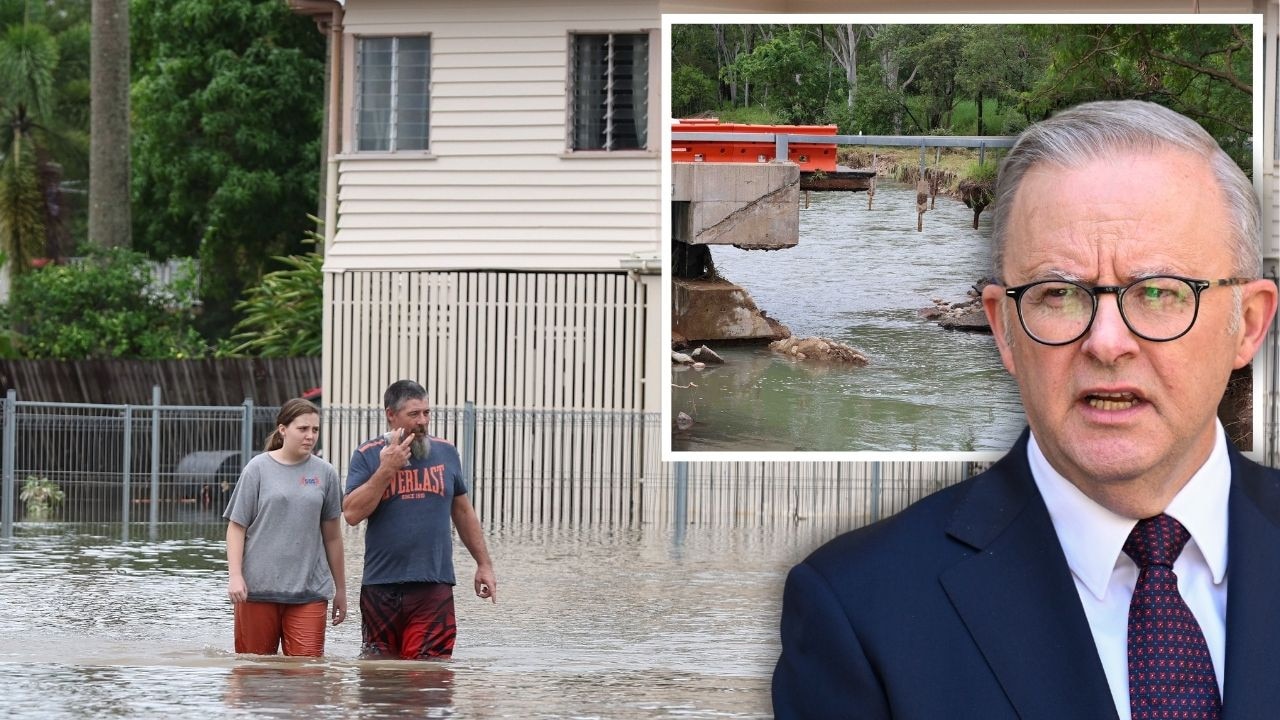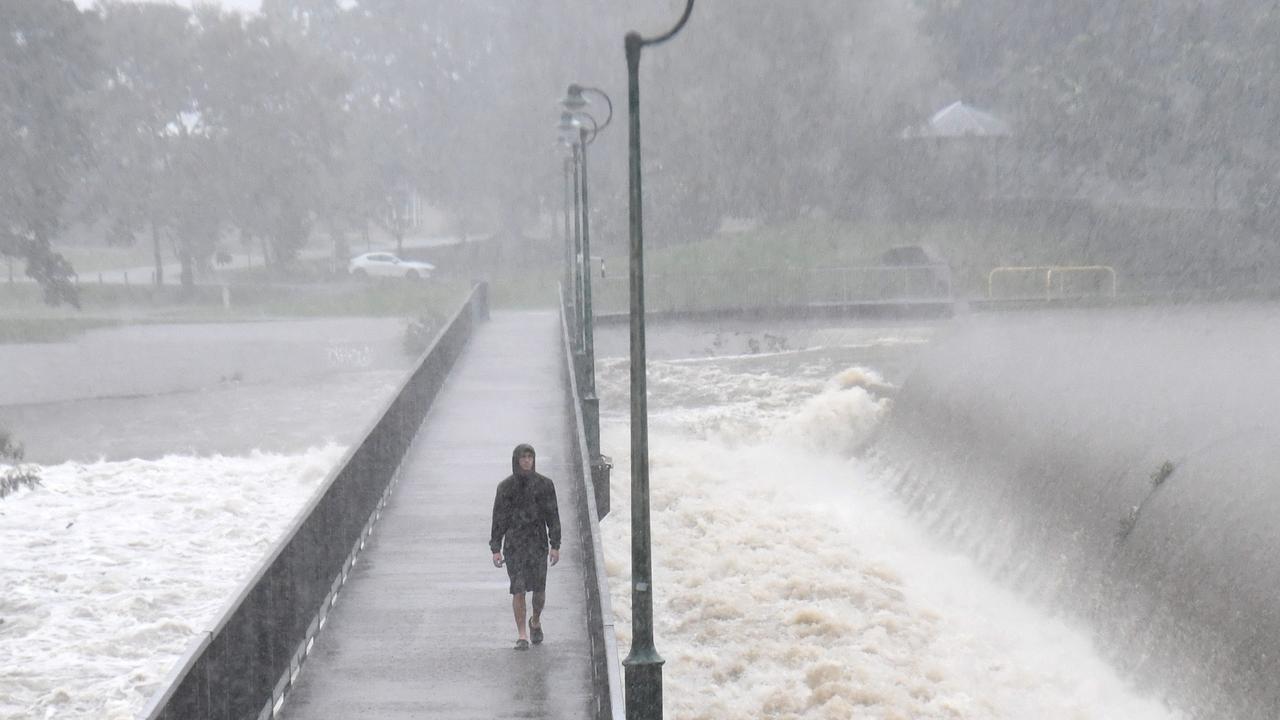Classic, innovative, quirky: 25 revolutionary things invented in Queensland
From cult classics like Pawpaw Ointment to helpful items like sunscreen applicators – Queensland is the birthplace of a number of innovative products that have become staples in Aussie households. Take a look at Qld’s best inventions.
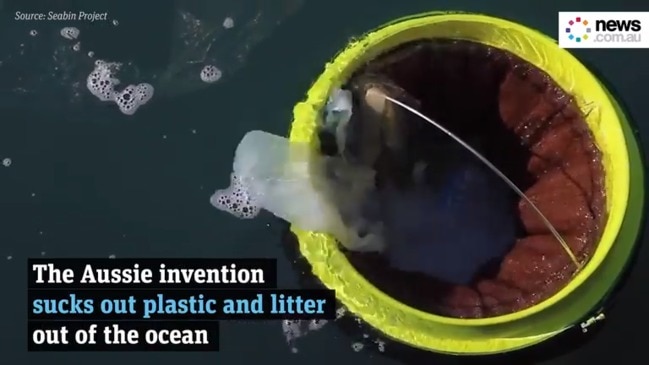
News
Don't miss out on the headlines from News. Followed categories will be added to My News.
Whether we admit it or not, we’ve all at one point had an we’ve wanted to turn into a reality.
From the common primary school dream of putting Coca-Cola in the school bubblers to more practical ideas like self-stirring spoons (which do exist), innovation and creativity is what leads to exciting and useful inventions.
And Queensland is no stranger to small ideas that have turned into big, life-changing products and brands, including Aussie classics like Great Northern, Lorna Jane, Bundaberg Rum and Qantas.
Take a look at our list of the best innovative, classic and quirky products to come out of the Sunshine State.
STRUCKET
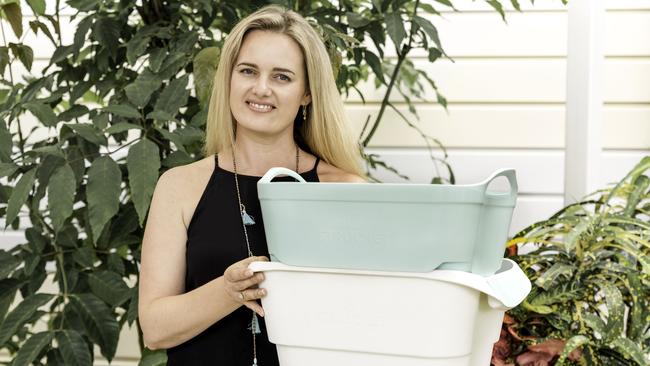
One of Queensland’s many innovators is Sunshine Coast-based Kelly Lavery, the inventor and CEO of the next “little Aussie icon in the making”, ‘The Strucket’, a world-first bucket meets strainer product that makes soaking, separating and draining a simpler and cleaner process.
Lavery’s product idea “struck” when she had her third child in 2015 and noticed a build up in her and her husband’s laundry from soaking baby-stained items.
“I was a really busy mum and I would walk into the laundry and go ‘Oh my god, that bucket has been sitting there for like two days!’,” Lavery said.
“You’d get sidetracked, you know, the baby would cry and the next day you’d come back and it would still be there, but this time, there would be another one there.
“It was almost like a Gremlin, and they were just duplicating!”
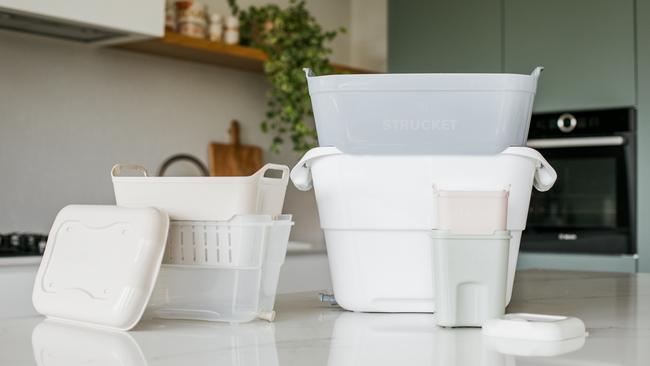
Lavery realised she needed a bucket that allowed a strainer to connect to the top so she could easily put the items into the washing machine without having to worry about the dirty water.
“I looked at Bunnings and they didn't have anything, then I looked online, and I thought, ‘Why can’t I find anything like this – this is just crazy’.” Lavery said.
“I had spoken to some girlfriends who were also having babies … and said ‘Do you have problems with buckets and stuff in the laundry?’ and everyone was like ‘Yeah, I do!’”
Lavery contacted a baby shower chair company, the ‘Charlie Chair’ she'd seen on Shark Tank who gave her some pointers on finding an industrial designer, and conducting a professional patent search which uncovered that no one had ever patented a product that connects an elevated strainer to a bucket.
“And I was like, oh okay, maybe we’re onto something here,” she said.
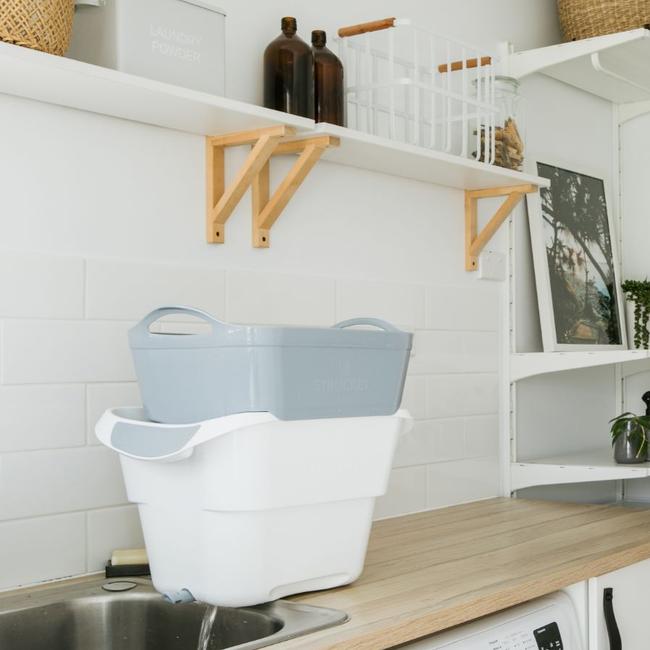
“So we went down three years of prototyping … we got $100,000 from Advance Queensland, the Ignite Ideas grant in round four, and that really helped us look deeper into research, launch the product, get prototyping done, and have a marketing plan to launch,
“ … 2015 was the idea, 2018 in October was when he launched, and honestly, we had stumbled across a gap in the market and it just went crazy.”
The Queensland Government’s $405m Advance Queensland initiative helps businesses, innovators and entrepreneurs turn their ideas into a reality, offering funding, mentoring and training to turn their concept into a commercial success.
The Strucket is one of the Government initiative’s best success stories, with the product selling on TVSN, the Home Shopping Network and on QVC in the United States.
In 2019, Lavery was approached by Aldi in 2019 to begin selling in its Australian stores.
“It sold out in three days in their Special Buy category.” Lavery said.
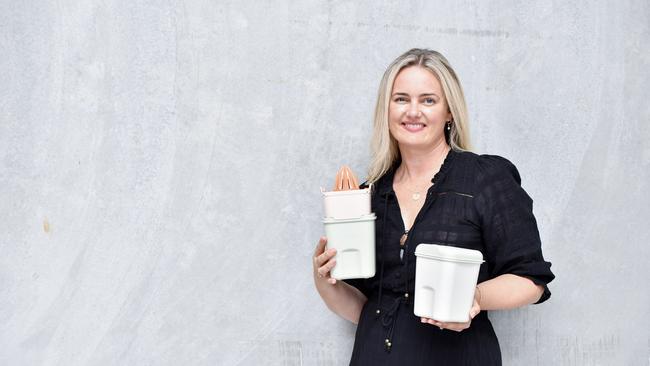
Once dubbed the “Australian version of Joy”, the American inventor of the Miracle Mop popularised by Jennifer Lawrence in the 2015 film Joy, Kelly Lavery said she’s always looked up to the Hills Hoist, admiring how a little clothesline created so many emotions for Australians.
She wanted to create similar memories with her fully Australian-made product, The Strucket.
Available in a range of sizes from 1.5 to 19 litres, the Strucket has more than 100 uses, including for laundry, washing reusable nappies, washing fruit and vegetables, cleaning toys, keeping drinks cold and washing the car.
WEIS
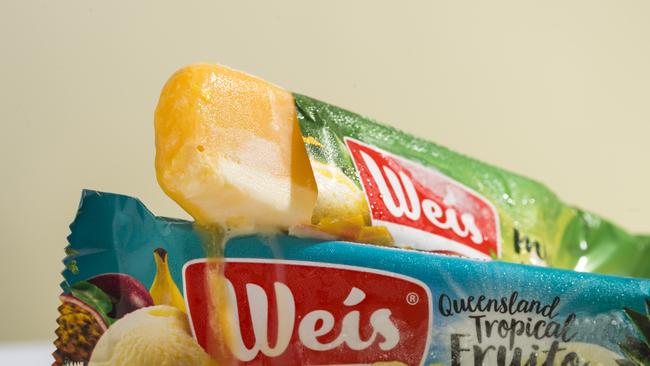
A quintessential Aussie summer snack, the Weis Bar became a well-loved frozen delicacy when it was first introduced in 1957 by Les Weis in a small shop across the road from Empire Theatre on Neil St in Toowoomba.
Born and bred in Toowoomba, the Weis brand is best known for its range of stickless fruity popsicle bars, first started by the introduction of the Les Weis’ Fruito Bar, a concoction of pineapple, banana and passion fruit.
Owned and operated by the Weis family for more than 60 years, the Queensland brand has introduced a range of different ice cream, frozen yoghurts and sorbet products, including creative flavours like apricot brandy, peach champagne, strawberry watermelon lychee and their most popular flavour, mango.

In September 2017, Unilever purchased Weis for an undisclosed amount, and in November 2019, the company announced it would be closing down the iconic Toowoomba Weis factory on Ruthven St, making 93 workers redundant.
Locals were upset to see a part of Toowoomba’s history close, calling the decision an “end of an era”.
Weis Bars are now solely produced in a factory in Minto, 50km southwest from Sydney in New South Wales, but are still available for purchase in grocery and convenient stores around the country.
RED-TIPPED BANANAS

You’ve seen them at the grocery store, but did you know those red-tipped bananas come from Queensland?
These all natural bananas are made in the rural town of Boogan, in Queensland’s Cassowary Coast Region.
Established by Dianne and Frank Sciacca in 1998, red-tipped bananas or ‘Ecoganic’ bananas use zero insecticides and grow in natural conditions, without the use of fertilisers or chemicals.
Mr Sciacca revolutionised the ecoganic bananas in the late 1990s after seeing the adverse impact that fertilisers and agrichemicals was having on the shelf life and taste of fruits.
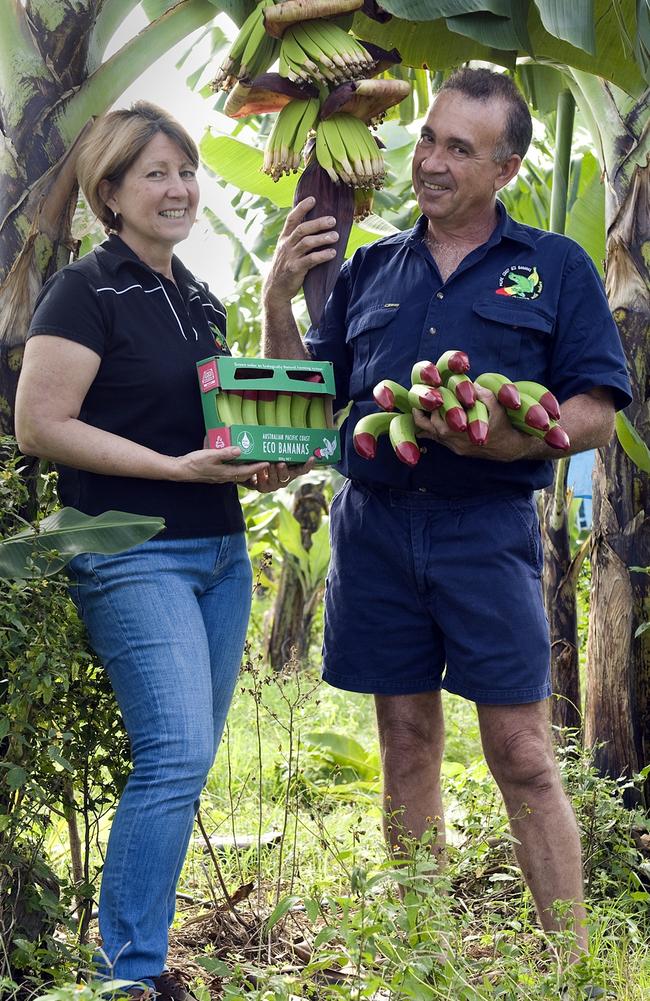
Dipped in food-safe wax, the bananas are marked by the colourful wax to help customers distinguish between hand harvested Ecoganic bananas from other types of the yellow curved fruit.
The Sciaccas have also recently expanded their product range to include red-tipped avocados.
ALVEY REELS

Australian owned and operated for more than 100 years, Alvey Reels are a Queensland based company that was founded by Charles Alvey in 1920 and introduced the first ever side-cast reels to Brisbane.
Originally manufactured from wood, the reel business which started in a small shed in Brisbane turned around 20 reels a week when it first opened, when by the 1930s, they were producing 25,000 reels annually.
Now constructed from carbon fibres, Alvey reels are still made in Australia at the present Carole Park site, along with a range of other products including rods, clamps and branded merchandise, including watches.

Following a cash crunch in 2017, the business almost closed, but was saved last-minute by Con Athans who stepped in as chief executive to save the factory.
Five years later in December 2022, Alvey announced they would be closing for good due to rising costs following the COVID-19 pandemic, but was saved yet again after it was acquired by Gowings, a Sydney-based firm who also owns surfing brand FCS.
A business with a 103-year-old history, Alvey Reels continues to operate, proudly in Queensland.
BAKSLAP
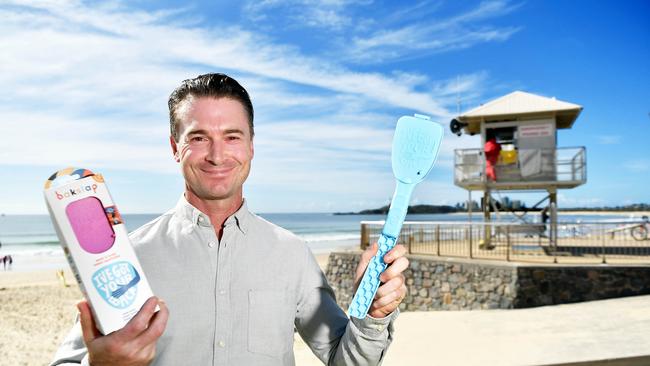
Ever struggled to get that spot on your back when applying sunscreen?
Sunshine Coast-based Raphael McGowan created the Bakslap Lotion Applicator for that exact reason, founding the sun-safety product after his sister, Tess, passed away from an inoperable melanoma at 31-years-old.
Following his sister’s passing in 2012, McGowan began volunteering at Melanoma Institute Australia where he discovered that Queensland has the highest melanoma rate on the planet, with fatal melanomas often developed on a person’s back.

Bakslap was officially launched in 2019 and subsequently won the Sunshine Coast Business Award, as well as earned itself thousands of five star reviews on its website.
Selling more than 100,000 products since its conception, Bakslap comes with an extendible handle, a foam sponge and a lockable lid to ensure sunscreens, lotions and moisturisers can be applied to every part of the back, and packed away without mess.
Available online, in pharmacies and in skin cancer centres around Queensland, the Bakslap Lotion Applicator is available from $29.95.
LUCAS’ PAPAW OINTMENT

A staple of most Australian households, Lucas’ Papaw Ointment is one of the country’s most recognisable products, packaged in a red tube and used for everything from boils and wounds to mosquito bites and chapped lips.
But many Aussies do not know that the iconic item hails from the Sunshine State.
Scotland-born Dr Thomas Pennington Lucas is the mastermind behind Papaw Ointment, dedicating his life investigating the medicinal value of the Carica papaya.
A member of the Royal Society of Brisbane, Dr Lucas opened the Vera Papaw Hospital in 1911 at May Orchard in Acacia Ridge where he continued to experiment with the fruit’s healing properties until his death in 1917 from bladder cancer.
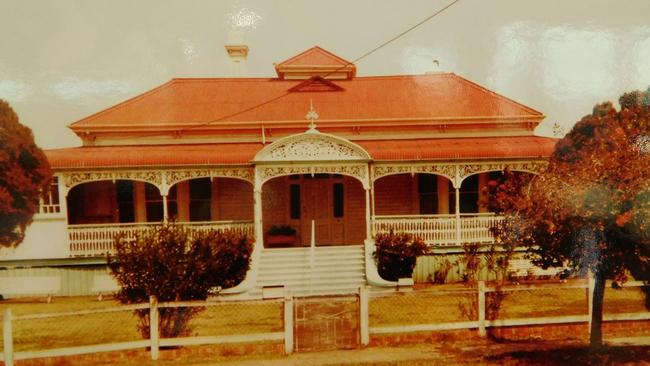
Pawpaw Ointment continues to be made at the Acacia Ridge site to this day, with a drawing of the Vera hospital pictured on every single tube and tub of the product.
People can visit a historic museum at the Acacia Ridge site today, detailing the company’s more than 100-year history and see the original items and equipment used to create the medicinal product.
RID INSECT REPELLENT
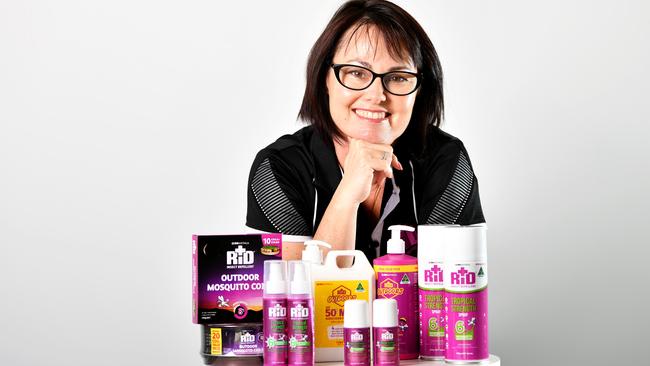
A Queensland-made product known for its bright magenta branding, RID Insect Repellent is a 78-year-old brand, created by Hector Douglas Thorley, who became the product’s first human guinea pig by testing the insect repellent in 3000 hours of field research.
Following World War II, Thorley wanted to manufacture a pesticide with the active ingredient DEET, a chemical used by American soldiers during the war that worked well to deter insects, but had a terrible odour.
Experimenting with his wife’s cosmetic creams and testing out various versions of the product in Queensland’s tropical wetlands, RID was born and officially introduced to the Australian market in 1956.
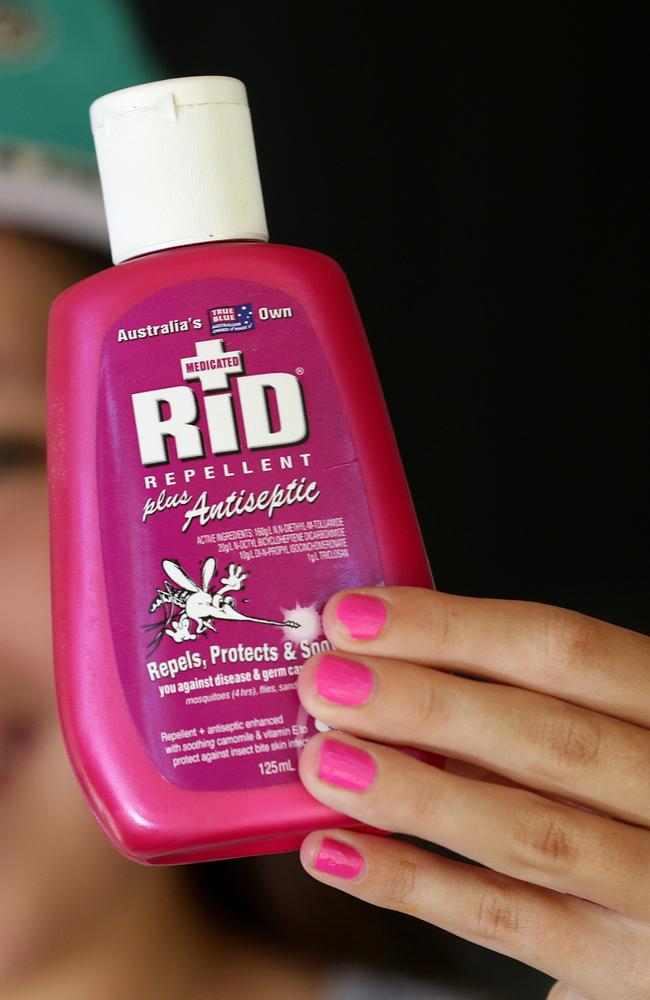
A unisex perfumed DEET-based cream, RID began introducing a range of different versions of its iconic formula, introducing an aerosol version in 1964, before going on to create outdoor mosquito coils, sunscreen and repellent combination products, and a kids range.
Officially endorsed by the Therapeutic Goods Association, the RID brand was purchased from Thorley Laboratories in May 2013 and now has headquarters in both Brisbane and Townsville.
One of the original glass bottles of RID can be seen in the Queensland Museum.
SEABIN
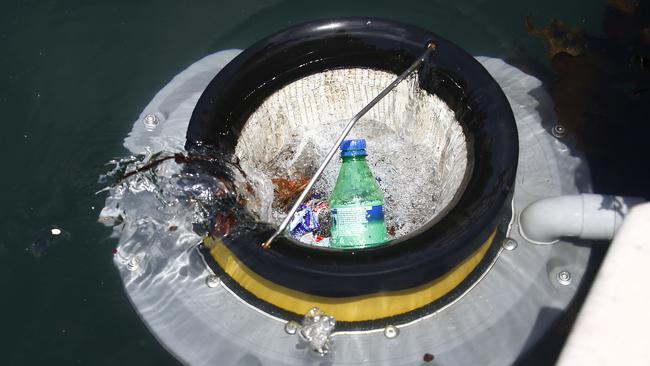
Founded by two Sunshine Coast residents in 2015, Seabin is a company combating marine pollution on a global scale, after its co-founders Pete Ceglinski and Andrew Turton created the ‘Seabin’, a floating rubbish bin that collects rubbish through a filter while water is pumped out the bottom.
Conceptualising the product in 2015, Seabin crowd funded $360k in its first few years of development and deployed their first Seabins in Europe in 2018.
Today, there are more than 1100 Seabins around the world in 54 different countries, capturing a range of products but mainly food wrappers, cigarette butts and microplastics.

In Sydney alone, Seabins captured 100 tonnes of marine litter from July 2020 to November 2022.
In 2020, Seabin also began operating as an environmental data firm, sharing statistics from its monitoring of marine pollution around the world.
NERADA TEA
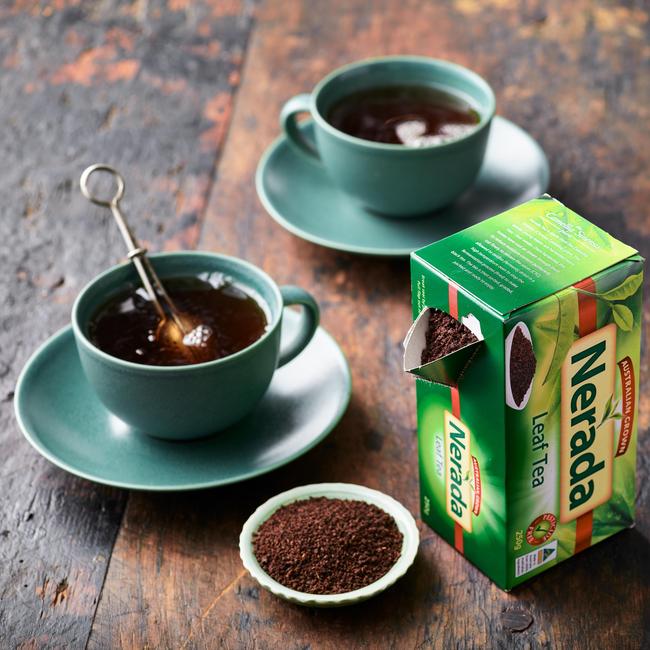
The largest producer of Australian-grown tea in the world, Nerada Tea is a Queensland-born company with a rich history dating all the way back to the late 1800s in Bingil Bay.
In the 1880s, four brothers, known as ‘the Cuttens’ discovered a Bingil Bay farm in Far North Queensland and in 1886, established the country’s first commercial tea plantation, growing tea, tropical fruits and spices before a tidal wave from a 1918 cyclone destroyed the farm for good.
Nearly 40 years later, Dr Allan Maruff migrated to Australia from India and discovered the plantation, with some of the tea plants grown to 15-metres high.
Taking some of the seedlings from the Bingil Bay plantation, Dr Maruff purchased 130 hectares of land in the Narada Valley in the Atherton Tablelands and later partnered with Burns Philp to create Nerada Tea Estates, the first tea-processing factory in Australia.
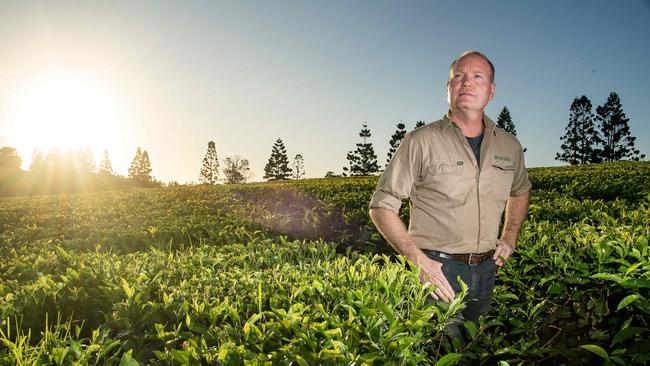
Later acquired by Tea Estates of Australia in the 1980s, the Nerada Tea brand was launched in Queensland, selling enough tea products to open two more tea processing factories, one in Malanda in Far North Queensland and another in Brisbane.
The Nerada Valley plantation now covers 360 hectares, delivering 6.6 million kilograms of fresh tea leaves every year, equivalent to 750 million cups of tea.
Fully Australian made, Nerada Tea is owned by the Russell Family, third-generation tea producers with a passion for producing pesticide-free black tea in Queensland.
NANOPATCH
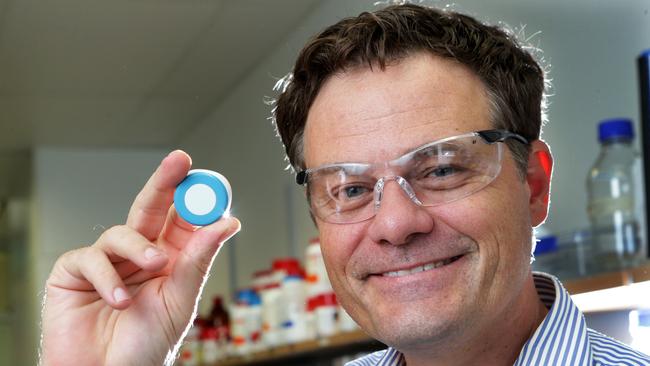
A Brisbane-based professor revolutionised vaccines in 2011, after coming up with an idea for a painless, syringe-free method to deliver vaccinations.
Professor Mark Kendall of the University of Queensland’s Institute for Bioengineering and Nanotechnology started working on the ‘Nanopatch’ in 2011, as part of the university’s commercialisation company UniQuest.
Created under his start-up company Vaxxas, the Nanopatch is a small silicone patch, the size of a postage stamp, that contains 20,000 micro vaccine coated spikes administered into the top layer of skin painlessly, as compared to traditional vaccines that inject deep into the muscles.
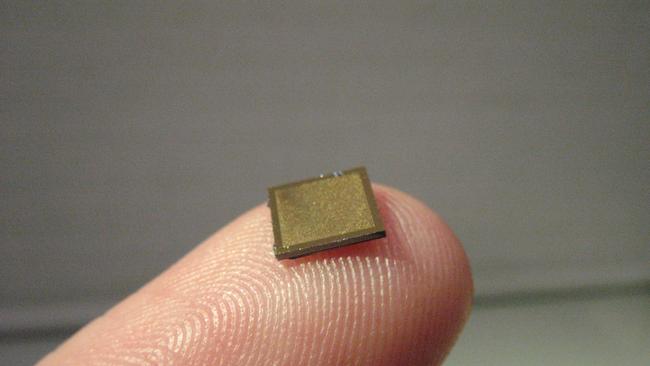
With 10 per cent of the population having a needle phobia, Professor Kendall created the product mainly for its pain-free administration, with the additional benefit of its low costs as it does not require refrigeration.
For his innovative work, Professor Kendall raised $40 million in 2015 to research the Nanopatch and won multiple awards, including the CSL Young Florey Medal in 2016, receiving $25,000.
The Brisbane-founded Nanopatch is still in development today and is currently being tested by the World Health Organisation (WHO) as a means for delivering the polio vaccine.
PINEAPPLE PEELER
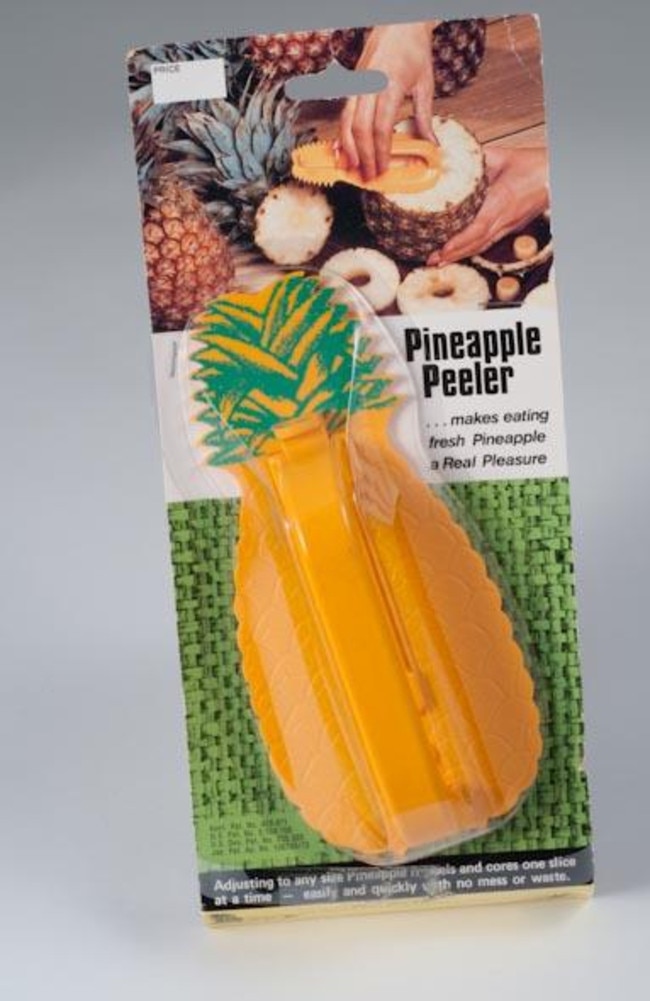
Originally constructed from galvanised steel, the yellow pineapple peeler became a staple among Australian households after a Brisbane-based man invented the useful kitchen tool.
First made in 1971, Ray Ashdown made the first prototype of the useful product after seeing his wife waste energy and chunks of pineapple while cutting the peel off of the tropical fruit with a knife.
After creating the prototype, Ashdown took his one-of-a-kind invention to the TV show Inventors on ABC, where shortly after, the pineapple peeler was officially developed, patented and manufactured and constructed out of a bright yellow plastic.

Adjustable to any size, the original pineapple peeler contained a handle and two blades, one to remove the core, the other to trim pineapple skin, one slice at a time.
Sold internationally, Ashdown’s pineapple peelers were even sold as souvenirs in shops across Hawaii.
STAFFORD BIKINI
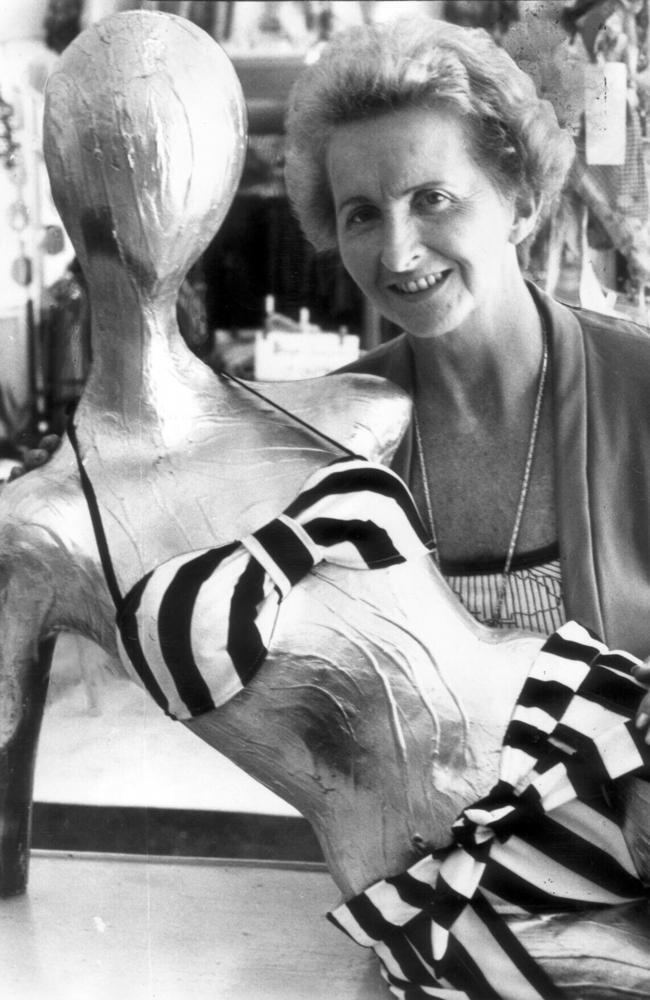
Known for introducing the bikini to Australia, Paula Stafford made history when she unveiled her Stafford bikini design at Main Beach on model Ann Ferguson in 1952, starting a bikini revolution in Queensland and later, the country.
Dubbed “Australia’s original bikini designer”, Stafford unveiled her designs six years after French designer Louis Reard was credited for inventing the two piece swimsuit in 1946.
After initial authority backlash, Stafford continued to make the bikini designs, selling through her own boutique chain, supplying more than 400 shops as well as opening her own ‘Tog Shop’ on the Gold Coast.

Stafford’s two pieces are remembered as symbols of women’s liberation in the 1950s, 1960s and 1970s, with Stafford awarded a Medal of the Order of Australia in 1992 for her service to the fashion industry.
In June 2022, Stafford passed away, survived by her four children and numerous grandchildren and great grandchildren.
Her handcrafted designs are often displayed in museums across the state.
JABIRU AIRCRAFT

Founded by Rodney Stiff OAM and Phil Ainsworth in 1988, Jabiru Aircraft is a Bundaberg-based aviation company that introduced a line of affordable, efficient and lightweight aircrafts and engines to Queensland.
After losing his job when sugarcane harvesters Austoft moved offshore in the late 1980s, Stiff and Ainsworth started the small company at Bundaberg Airport, manufacturing lightweight aircrafts in kit and traditional forms.
The pair had their first aircraft, the Jabiry 55/2K certified by the Australian Civil Aviation Authority in 1991 before going on to introduce more engines and aircrafts into their range, using their experience in the sugarcane harvesting equipment industry to manufacture the products.

Acquiring 100 percent ownership in 2005, Rodney Stiff was awarded an Order of Australia Medal in 2006 for his work in the aviation industry and doubled his Bundaberg facility that same year after developing their 1000th Jabiru.
Used for recreational flying, flight training, rural property management and surveillance, Jabiru aircrafts are sold to 16 countries around the world, with their engines sold to 31 countries.
Stiff’s daughter, Sue Woods, works with her dad as the business manager of Jabiru Aircraft.
NAIL SNAIL

A multi-award winning product, the Nail Snail is a three-in-one baby nail trimmer that was conceptualised, invented and founded by mother-of-three Julia Christie after realising first-hand there was a lack of nail trimming options for newborns.
After having difficulty trimming her first child’s nails in 2013, Christie drafted the design for the Nail Snail in 2014, creating an easier, faster and safer option for parents to trim their children’s nails.
100 per cent Australian owned and based on the Gold Coast, the Nail Snail acts as a trimmer, file and under nail cleaner in the quirky shape of a snail.
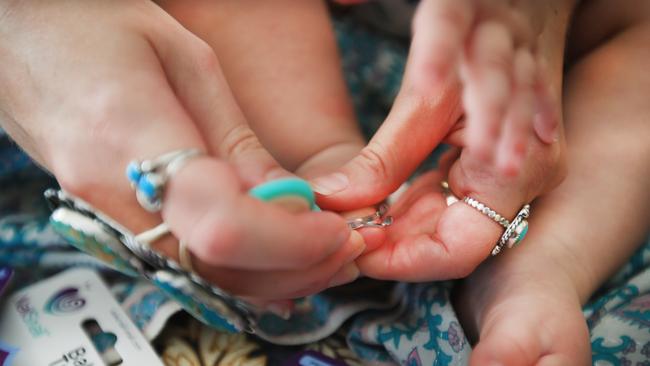
Offering an easier alternative to parents, the product won multiple awards for innovation and product design, winning Gold at the 2018 AusMumpreneur Awards, the Gold Steve Award at the 2021 International Business Awards and at the Good Design Award in 2018, the highest accolade for design innovation.
The Nail Snail comes in two colours, turquoise blue and frangipani pink, and is available for $24.95 in pharmacies around the country.
JENYNS CORSET

One of Queensland’s longest running fashion companies, Jenyns started out as a leading corset label in the early 20th century, founded by Sarah Ann Jenyns and husband Ebenezer Jenyns in Brisbane who patented the ‘Jenyns Corset’ – one of the world’s first side-lacing corsets.
Parents to eight children, Sarah and her travelling preacher husband Ebenezer, established their business on Elizabeth St in 1907, before opening a second location on George St in 1909, known as ‘Jenyns Patent Corset Pty Ltd’.
The business revolutionised corset design, Sarah designing and pioneering a surgical and hygienic corset that delivered pain relief while also re-proportioning the figure into a desired shape.

Sarah designed 12 different types of her corset for different figures and introduced a side-lacing design that meant women could put the corsets on themselves instead of needing the assistance of another person.
Queensland owned and operated, the business expanded worldwide, with hospitals calling the corset product “the finest the world has seen”.
In the late 1960s, when the demand for corsets began to decline, Jenyns expanded with German company Triumph International and at one point, became “Australia’s largest bra manufacturer”, employing 1100 staff at its peak at their George St factory named ‘The House of Jenyns’.
By 1970, the Ipswich factory was producing 45,000 garments a day, remembered by the hundreds of people, predominantly women, who worked at the factory on the Facebook page named ‘I worked at “The House of Jenyns” in Ipswich’ , reconnecting the members of staff who worked there.
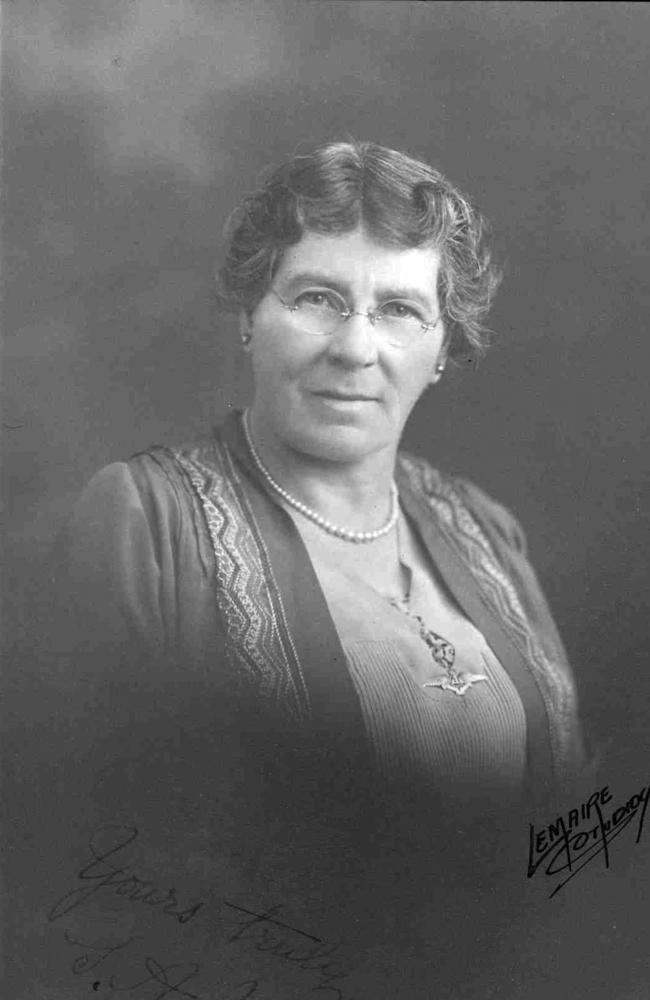
The Ipswich factory closed down in the early 1990s and the Jenyns company was liquidated in 2000.
In 2014, Sarah Jenyns was inducted into the Queensland Business Leaders Hall of Fame for her product that demonstrated the international success a Queensland-born company can produce.
Sarah Jenyns’ is the great grandmother of well-known cook, author and former host of Channel 7’s Creek to Coast, Sally Jenyns.
CRIMSAFE
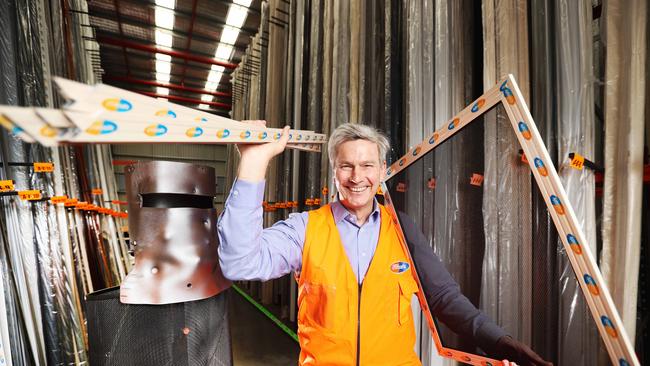
Known by their slogan which was popularised by motor racing star Dick Johnson, “If it’s not Crimsafe, it’s not crim safe”, Crimsafe is a Queensland-based company founded in 1995 by Gold Coast businessmen Steve Brabeck and Peter Bouma.
Started in a Gold Coast garage, Crimsafe became a well-known home security brand for its stainless steel screens and windows, as well as its memorable marketing campaigns, including radio ads voiced by actor Roy Billing as ‘Kimmy’s dad’.
Crimsafe sells a range of security doors, windows, patio enclosures and natural disaster protection with stainless steel that claims to withstand the force of a three-tonne truck.
An Ormeau-based company, Crimsafe was purchased by Oceania Capital in 2015 and is sold all around the world with products from its Yatala warehouse.
POLIO TREATMENT
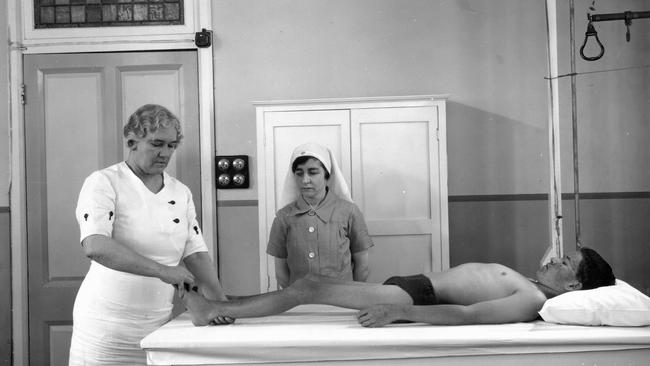
A self-trained bush nurse criticised by her peers, Sister Elizabeth Kenny was a nursing sister who revolutionised polio treatment in the early 20th century, opening a free clinic in 1933 in her Townsville backyard to help combat the disease.
Using unorthodox methods including the application of hot packs and exercising childrens’ limbs, Sister Kenny was ignored by Australian medical professionals, despite her success in successfully treating poliomyelitis cases.
While in Townsville, Sister Kenny established her first official clinic in the Queens Hotel in 1934 before opening more Kenny Clinics in Brisbane, Toowoomba and Sydney in 1936.

In 1939, Sister Kenny moved to the United States where she established various Kenny Institutes and was later given free access to the country without any entry formalities in 1950.
She retired to Toowoomba in 1951 where she died a year later.
Sister Kenny’s Minnesota rehabilitation treatment and research centre remains a prominent site for physical rehabilitation today, merging with the Courage Center in 2013 to create the ‘Courage Kenny Rehabilitation Institute’ in Minneapolis.
COOLCABANAS

Dubbed “the world’s best beach shelter”, CoolCabanas became a global frenzy in 2014 when Queensland architect, Mark Fraser, invented the innovative beach shelter, the idea prompted after a holiday at Noosa.
After observing people struggling with beach umbrellas and springy beach shelters, Fraser wondered if he could create a better design, leading to the idea of CoolCabanas, a beach shelter with one centre pole and four corners weighed down with sand-filled pockets.
Officially launching in Australia in 2015, the product took off and is now an official partner of the Melanoma Institute of Australia.
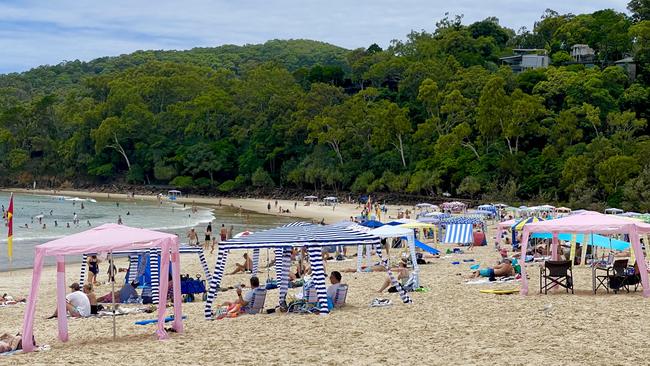
The product became so popular that the community became divided after hundreds of CocoCabanas began taking over beaches across the Gold Coast, some people arguing that they “take up too much space”.
It became such a problem that in one popular beach in the United States, South Carolina’s Myrtle Beach banned the cabanas all year round.
However the Cancer Council commends the use of the beach shelters, as an indication that Australians are becoming more sun smart.
NESCAFÉ BLEND 43

While the Nescafé brand was established in Switzerland by Henri Nestlé, the nationally-popular instant coffee Nescafé Blend 43 is roasted, blended and packed in Gympie.
Situated on the outskirts of the Gympie CBD on Pine St, the Nestlé factory originally opened in 1953 to produce powdered milk, before transitioning into a coffee factory in 1987 where it has become the primary supplier of Nescafé coffee to Australia and New Zealand.

Producing 14 million cups of coffee each day, the Gympie factory employs 150 workers and exports $20m worth of product internationally.
And if you were curious, the name Blend 43 refers to the number of coffee beans needed to produce one cup of instant coffee.
With 43 beans in each cup of coffee, the Gympie Nestlé factory goes through 602 million coffee beans per day.
ROYAL FLYING DOCTOR SERVICE (RFDS)
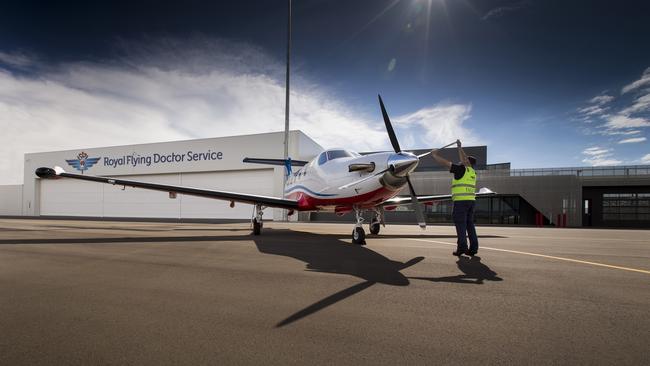
Also known as ‘The Flying Doctor’, the Royal Flying Doctor Service (RFDS) is an organisation bringing health care services to the Outback and rural areas across Australia, founded by the man who is seen on the twenty dollar note, Reverend John Flynn.
After campaigning for an aerial medical service, Reverend Flynn met Hudson Fysh, the founder of Qantas in 1927 and signed an agreement to operate an aerial ambulance service out of Cloncurry, Queensland called the ‘Aerial Medical Service’.

In its first year, the service flew 50 flights and treated 225 patients, later changing its name to the Flying Doctor Service in 1942 and finally to the Royal Flying Doctor Service in 1955, a title granted by Queen Elizabeth II in recognition of its services to the country.
The Queensland section of the RFDS was not registered until 1939 and in 1964, the Cloncurry base was relocated to Mount Isa.
Today, the RFDS provides medical care to more than 380,000 patients every year and has become an essential part of Australia’s health system, providing care to those in remote and rural areas.
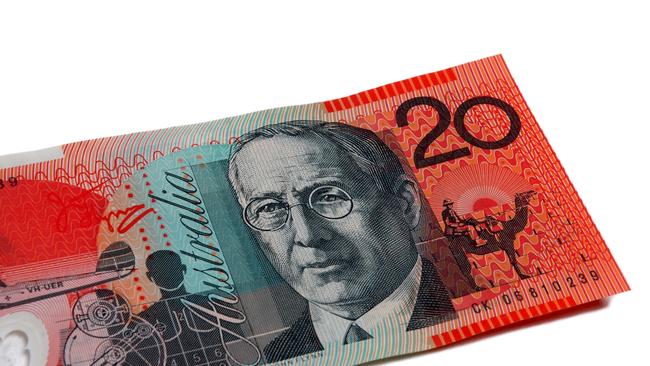
As well as being a big part of Australia’s medical industry, the RFDS has also been the subject of pop culture and entertainment, with TV series like The Flying Doctors (1986 – 1992) and RFDS (2021) well loved among Aussie audiences.
One of the world’s oldest aeromedical services, the RFDS continues to provide 24-hour emergency care for people all over the country where mainstream healthcare services are hard to access.
XXXX BEER
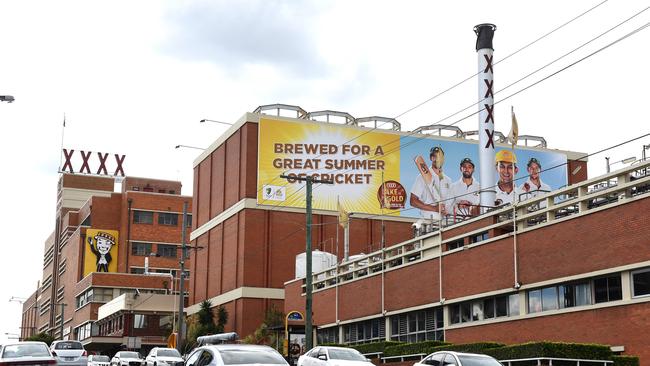
A classic Queensland brand, XXXX Beer has become an iconic beer, not just in the Sunshine State, but in the country, recognised by its gold and red branding and its winking mascot, ‘Mr Fourex’.
Founded by Victoria-born brothers Nicholas and Edward Fitzgerald, the two opened up Castlemaine Brewery on Milton Rd in 1878, an old distillery which to this day is still the home of XXXX.
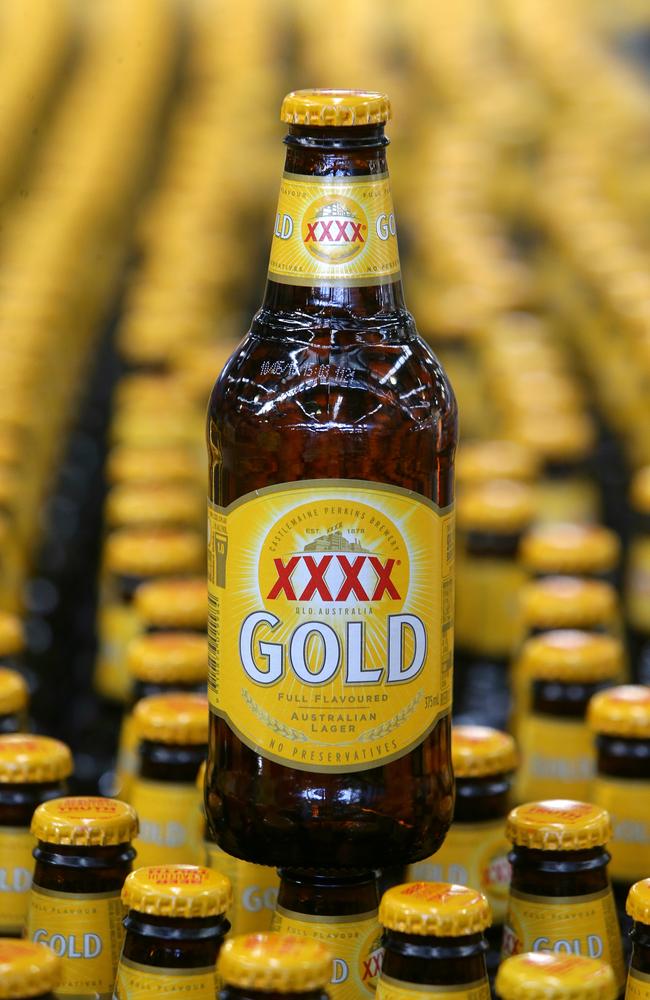
Trying out a few different recipes in the late 1800s, it was Alhois ‘Bill’ Leiter, a German man who helped create the recipe for XXXX Bitter after experimenting with recipes to solve the issue of cloudy beers in warm weather.
Leiter’s recipe was released to the public in 1924 and has not changed since.
In 1991, XXXX signed with the Queensland Maroons and released its mid-strength beer XXXX Gold which became known as the best-selling beer in Australia.
With a history spanning more than 140 years, XXXX celebrated it’s eight billionth stubby in 2016 and continues to operate at its Milton factory, open to visitors to explore the history of one of the nation’s most popular beer brands ever.
ZIP ZAP
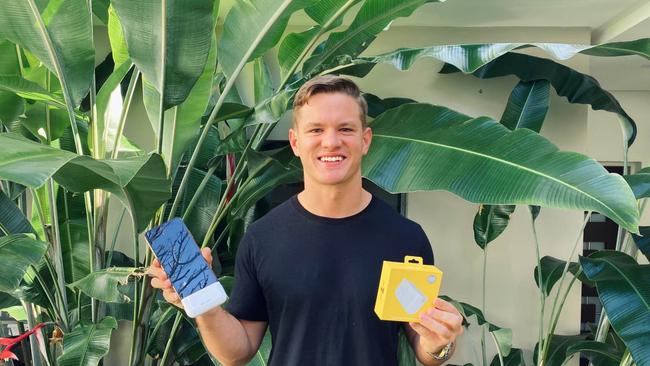
A new invention founded in 2021 by then 20-year-old university student Bailey Page, the Zip Zap is an innovative cable-less charging device, invented by the young entrepreneur following a night out in Brisbane.
The Queensland University of Technology graduate introduced the global first charging device after getting stuck during a night out clubbing in Fortitude Valley when his phone died.
Unable to order an Uber, Page was prompted to make the long journey home, from the Valley to Toowong.
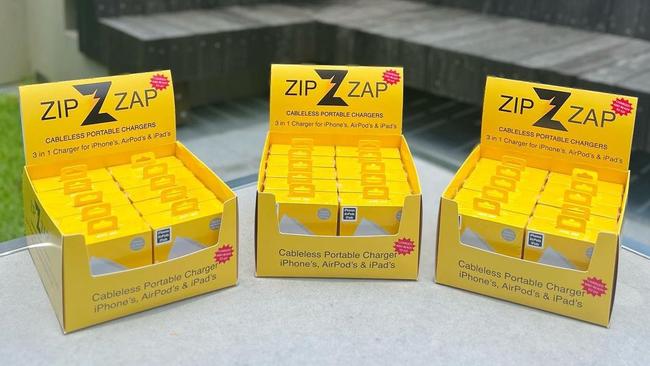
Page wanted to create a device that could fit into his pocket while recharging his phone, leading to him designing the Zip Zap, a three-in-one charger that can charge iPhones, AirPods and iPads without the mess of cables.
Learning how to create the product from watching YouTube tutorials, Page launched the product in August 2021 and earned himself a two-minute slot on Sunrise.
Following his brief appearance on the morning TV show, Page sold 1500 units and within six weeks, had turned over more than $100,000.
Zip Zaps are available online for $59.99.
REDIROOM
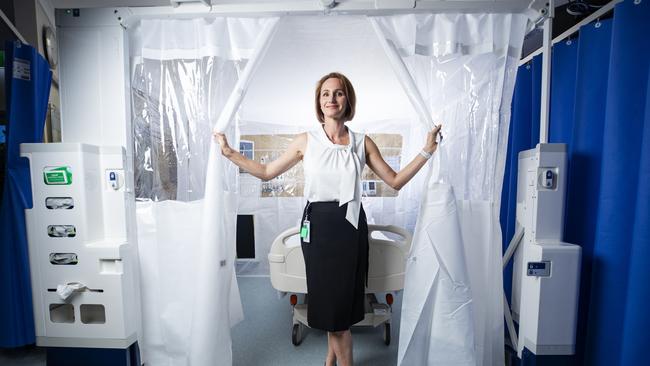
Named one of TIME Magazine’s Best Inventions of 2022, the Rediroom is a groundbreaking infection prevention tool created by Sunshine Coast clinical nurse Anna Ballantyne with the help of Justin Ballantyne and James Burkwood, as a convenient and effective isolation technology.
The Rediroom is an innovative mobile isolation room that can be installed in five minutes, helping isolate patients in hospitals when private rooms are not accessible, created to work in multi-bed wards and areas.
Created in partnership with UK-based GAMA Healthcare, the Buderim Private Hospital nurse and her two business partners formed company Care Strategic to design and manufacture the pop up room, which provides hands-free entry, a PPE station and a filtration system removing 99.5% of infectious droplets.
In 2021, more than 300 Redirooms were purchased by the UK’s National Health Service, with one room deployed every 40 minutes.
HOOK-EZE
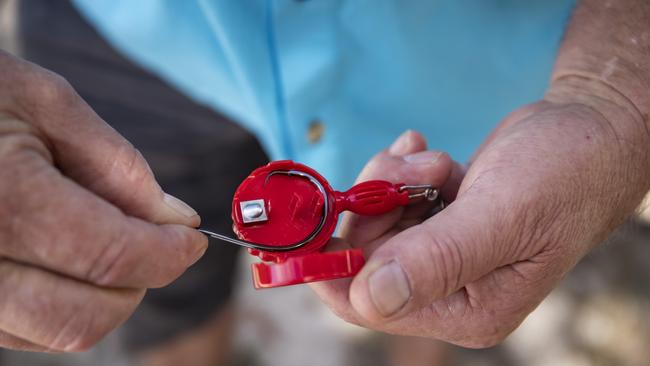
Revolutionising fishing knots, a Sunshine Coast-based entrepreneur invented the ‘Hook-Eze’ in 2001 to make tying fishing knots a faster, safer and easier experience for all.
With an expected $2m in sales in 2020, Ross Bain came up with the idea in the early 2000s as a casual fisher after seeing his mates lose big fish due to poorly tied knots.
A patented design, the Hook-Eze comes in two sizes for multiple sizes of fishing gear and covers the hook to keep your hands safe and comes with a built-in swivel to help with FG knots, Yucatán knots, Bimini Twists and more.
The product also comes with an in-built stainless steel trimmer to cut lines, plus the added bonus of a bottle opener in the larger model.

Working as a painter, Bain made Hook-Eze his focus full time in 2014 when a Facebook tutorial of him using the Hook-Eze went viral in the United States, earning more than 250 million views across two videos.
Today, the United States is the company’s biggest market via Amazon, accounting for 90 per cent of sales.
Hook-Eze is particularly a useful for people with dexterity issues, proven to improve the fishing experience for those with Carpal Tunnel, neuropathy, fibromyalgia, MS and similar conditions.
Also selling de-hookers, lip grippers, lures and pliers, the Original Hook-Eze is available in a two-pack from $12.95.
BARROWMATE

An invention with a simple yet innovative design, the Barrowmate was conceptualised by Townsville contractor Jason Chester in 2019 as the perfect solution for using a wheelbarrow in wet conditions, as well as a number of other purposes.
Chester first came up with the idea after doing fencing work in the Whitsunday Islands with no vehicle, needing something to keep his equipment dry.
Chester and Townsville builder Perry McDonald then formed Toolspace Pty Ltd and launched the all Australian made and designed Barrowmate in December 2019 – a wheelbarrow cover equipped with a lid, similar to that of a standard residential rubbish bin.
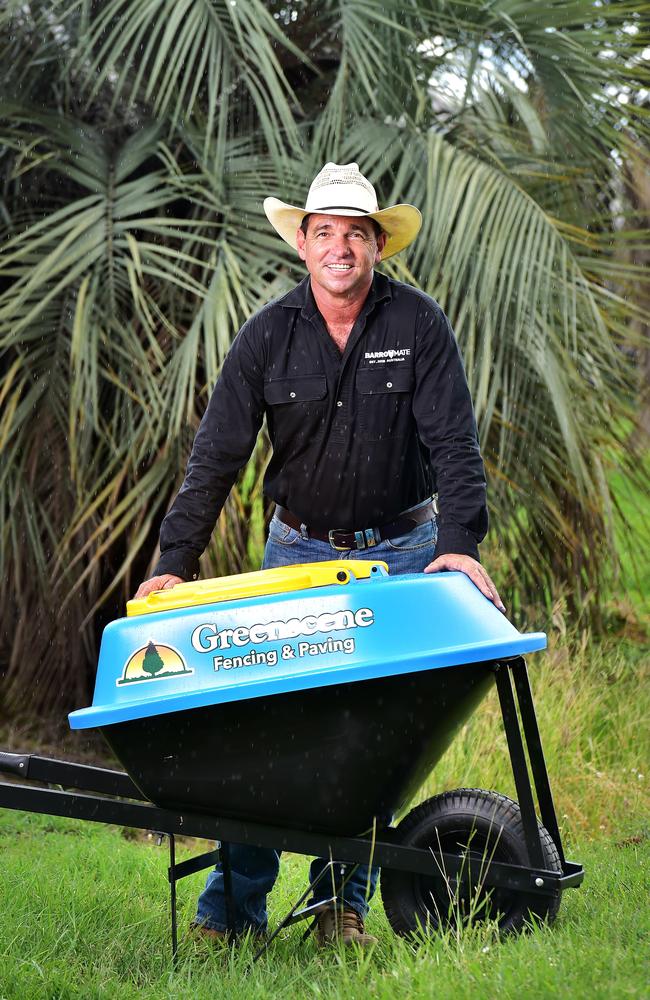
The Barrowmate helps keep tools dry and has become a useful asset in the construction industry, as well as being used as a spill kit for airport oil clean ups and hazmat clean ups.
The product can also be used for a number of different uses, including for raking up leaves, storing Christmas lights, carrying sporting equipment or even as a compost bin.
LAMINGTON
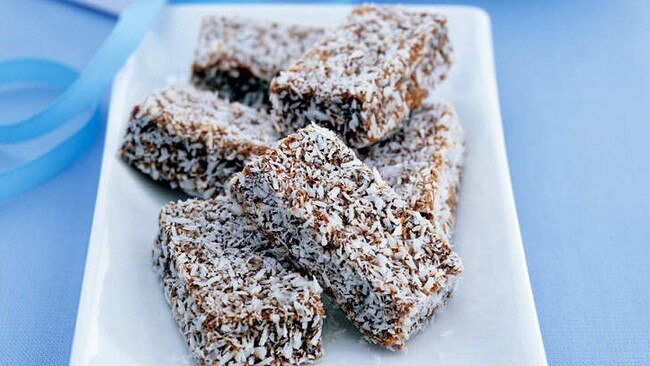
Arguably the country’s most iconic snack, the lamington is an Australian delicacy – a delicious cake dipped in chocolate and rolled in shredded coconut, sometimes with jam and cream.
But while every Aussie knows what a lamington is, not many know of the origins of the lamington, including historians.
With rumours of origins hailing from Cloncurry, New Zealand, Ipswich and even Poland, Toowoomba history professor Maurice French believes that the birthplace of the lamington can be narrowed down to Toowoomba or Brisbane.
Authoring the book The Lamington Enigma: A Survey of the Evidence in 2013, the University of Southern Queensland professor believes the inventor of the lamington could be one of the chefs who worked for the Governor of Queensland from 1886 to 1901, Lord Lamington.
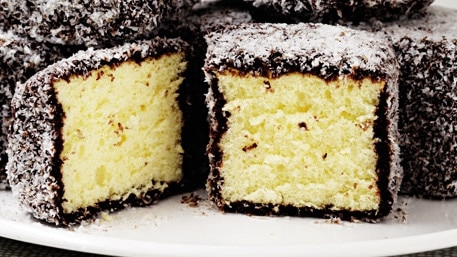
The inventor is said to be narrowed down to three people – Lord Lamington’s French born chef Armand Galland, Fanny Young, a temporary chef at the Governor’s Toowoomba residence, and Amy Schauer, a cookery instructor at Brisbane’s Technical College.
All three are said to have all prepared a version of the iconic cake recipe between 1890 and 1910.
While Professor French cannot pinpoint the exact inventor of the lamington, he can confirm that the cake itself is most likely not named after Lord Lamington, but instead, named after his wife Lady Lamington as most cakes during that time were named after women.
It’s also rumoured that the chef who invented the cake was tasked to create a treat for visitors at the Governor’s residence with only a stale sponge cake in the cupboard, improvising with staple ingredients to invent the sweet and tasty cake we know and love today.
Despite its unclear beginnings, we can claim the lamington as a Queensland-born delicacy for now, a treat Australians can celebrate annually on the official National Lamington Day on July 21.
Have we missed something? Comment below on what else is made from Queensland?
Originally published as Classic, innovative, quirky: 25 revolutionary things invented in Queensland

